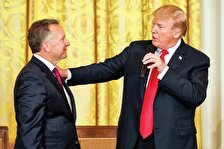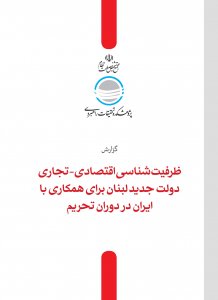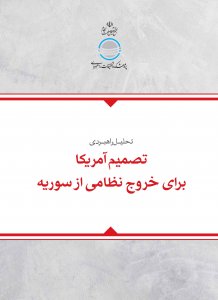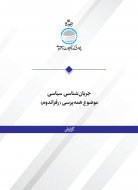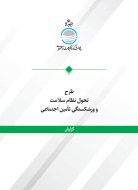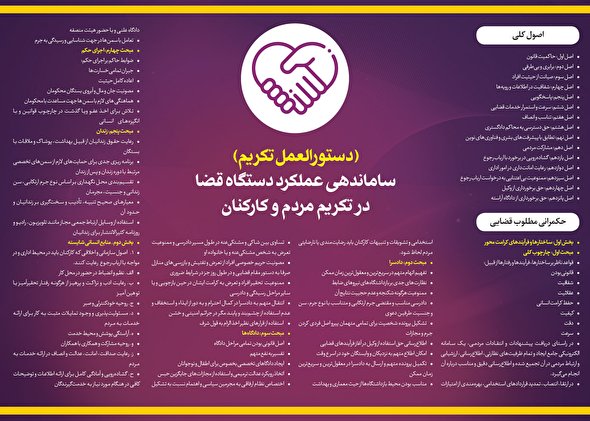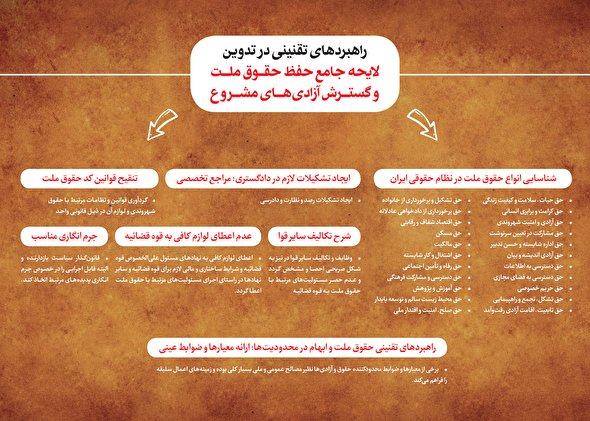
The role of finance as strategy in realizing and sustaining economic growth in Iran
In this paper, we examined the effects of financing on various
activities of Iran’s economy using an input-output table. To this
end, the input-output table of 2017 used and by applying modern
methods of input-output analysis, the relationship between
financing activity and other activities measured. In the new
approach, hypothetical extraction and field of influence
approaches were used, from which we find different results. For
the hypothetical method, the results indicated that banking and
financial institutions have the greatest impact on themselves.
After that, in the second level, the non-residential construction
activity and in the third level, the administrative and supportive
activities are affected by the banking finance. However, the
results of the field of influence method indicated that the banking
activity has the most influence on the wholesale and retail
activity, and the strength and weakness of financing, make more
changes in this activity. After that, in the second level, the
manufacturing of chemical materials and products is located. In
the third level, the crude oil and natural gas extraction lies in the
ranking of the field of influence.


تحول در اولویتهای راهبردی سیاست خارجی ایران برای دستیابی به توسعه در دهه جدید
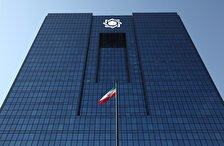
بررسی محدودیت ماهیانه بانک مرکزی بر روی ترازنامه بانکهای کشور

بایستهها و ضرورتهای تحقق دولت تنظیمگر

جذب سرمایه خارجی جهت توسعه صنعت نیمه هادی در کشور

تبیین پنجاه سال روابط دیپلماتیک ایران و چین

ابزار مذاکره در دکترین سیاسی و امنیتی آمریکا
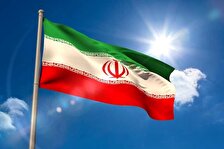
چشمانداز آتی و لزوم رفع نگرانیهای اقتصادی؛ از آرمانهای مطلوب تا دستاوردهایی ملموس
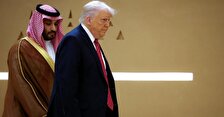
ترامپ و خلیج فارس؛ امنیت و تجارت
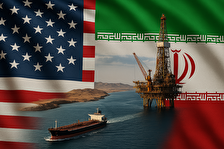
مذاکره با جمهوری اسلامی ایران؛ کلید ایالات متحده برای تثبیت امنیت انرژی و مهار چین
